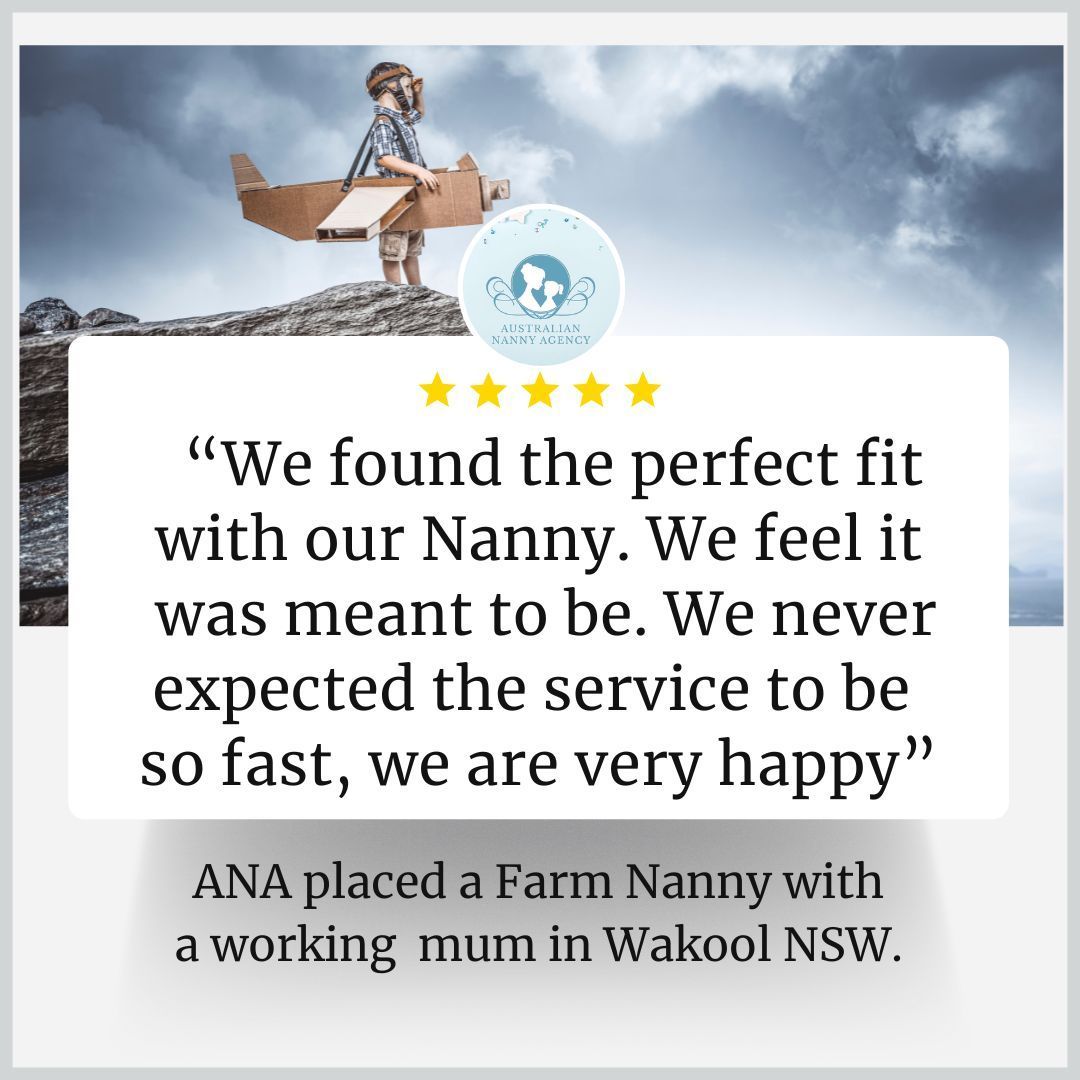Fostering Resilience and Empowering Futures: Creating a Nurturing Environment for Vulnerable Children
Building a Supportive Community for Vulnerable Children
The well-being of children is a reflection of the health of a society. From their earliest years, children are shaped by the environments in which they live, learn, and play. Unfortunately, in many communities around the globe, vulnerable children face significant challenges that threaten their development, stability, and future prospects. Whether due to poverty, neglect, abuse, or social isolation, these children require a robust and supportive community to thrive. Building such a community involves collective efforts, commitment, and creativity from various stakeholders, including families, educators, healthcare providers, and local organizations.
Understanding Vulnerability in Children
Before delving into how to build a supportive community, it’s crucial to understand what makes certain children vulnerable. Vulnerable children are often exposed to adverse childhood experiences (ACEs) that can have lasting effects on their physical and emotional well-being. These factors can include:
- Economic Disadvantage: Families living below the poverty line may struggle to provide basic necessities such as food, clothing, and safe housing.
- Abuse and Neglect: Children who experience emotional, physical, or sexual abuse often face trauma that can impede their development and ability to form healthy relationships.
- Family Dynamics: Parents dealing with their own challenges, such as mental health issues, addiction, or incarceration, may be unable to offer the stability and support their children need.
- Social Isolation: A lack of community involvement or connections can leave children without vital support networks.
Recognizing these challenges allows for a tailored approach to community building that addresses the unique needs of vulnerable children.
Steps to Building a Supportive Community
1. Fostering Awareness and Education
Raising awareness about the issues facing vulnerable children is the first step toward change. Education can be a powerful tool in dispelling myths and breaking down stigma. Organizing workshops, seminars, and community events can help inform the public about the signs of child vulnerability, the impact of ACEs, and available support resources. Community members—parents, educators, and healthcare professionals—should be empowered to recognize the needs of vulnerable children and feel equipped to act.
2. Creating Safe Spaces
Children, especially those who are vulnerable, need safe spaces where they can express themselves, feel accepted, and build relationships. Establishing community centers, after-school programs, and recreational facilities dedicated to children can provide environments where they can engage in positive activities and find mentorship. By offering a variety of programs—arts, sports, tutoring, and life skills training—communities can cater to diverse interests and promote inclusivity.
3. Building Partnerships
Collaboration among local organizations, nonprofits, businesses, and government agencies is essential for developing a cohesive support system. By pooling resources, expertise, and networks, the community can create a more robust safety net for vulnerable children. For instance, schools can partner with local mental health agencies to provide counseling services, while businesses can invest in community development initiatives focused on youth.
4. Engaging Families
Involving families in community initiatives is crucial for fostering a supportive environment for children. Parents and caregivers are integral to a child’s development, and empowering them through resources and education can have long-lasting positive effects. Providing parenting workshops, family counseling, and support groups can help parents to better understand and meet their children’s needs while building connections with other caregivers in similar situations.
5. Developing Mentorship Programs
Mentorship programs can play a pivotal role in the lives of vulnerable children. Positive adult role models can provide guidance, encouragement, and support, helping children navigate challenges and develop essential life skills. Community members with various backgrounds, skills, and experiences can volunteer as mentors, fostering one-on-one relationships that can have a profound impact on a child’s life trajectory.
6. Promoting Mental Health Support
The psychological well-being of children is as important as their physical health. Communities should prioritize mental health resources, making counseling services accessible and stigma-free. Schools can provide mental health education that teaches children about emotional intelligence, resilience, and coping strategies, creating an environment where seeking help is viewed as a sign of strength rather than weakness.
7. Encouraging Volunteerism and Involvement
Engaging community members in volunteer efforts creates a sense of ownership and responsibility towards vulnerable children. Organizing and promoting volunteer opportunities—whether through tutoring, organizing events, or providing assistance in local shelters—encourages active participation and investment in the community. When individuals feel connected to the welfare of children, they are more likely to advocate for policies and initiatives that support their needs.
8. Implementing Policy Changes
Advocating for policy changes at local, state, and national levels can create an environment more conducive to the welfare of vulnerable children. This may involve pushing for better funding for social services, education, healthcare, and child protection mechanisms. Community members can work together to form advocacy groups aimed at influencing legislation that directly impacts vulnerable youth.
9. Monitoring and Evaluation
Finally, it’s essential to monitor the effectiveness of community initiatives through data collection and feedback. Evaluating the impact of programs allows for adjustments and improvements, ensuring that the community remains responsive to the evolving needs of vulnerable children. Engaging children and families in the evaluation process ensures that their voices are heard, and their needs are prioritized.
Conclusion
Building a supportive community for vulnerable children is not an easy task; it requires a collective commitment and collaboration from all segments of society. By following these foundational steps, communities can create an environment where vulnerable children are nurtured, protected, and empowered to reach their full potential. Every action, no matter how small, contributes to a larger effort to ensure that all children can grow up safe, healthy, and capable of navigating life’s challenges. Together, we can create a brighter future for vulnerable children and, ultimately, for society as a whole.
Share your thoughts
Blog









